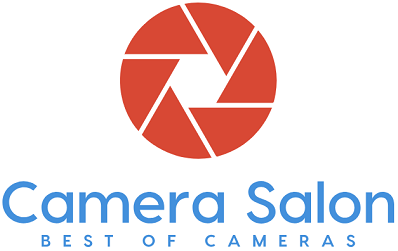Color blocking is the latest trend in fashion, graphic designing, home décor, and photography. You can also use it to make your photos stand out from the rest. You can use this technique in both analog and digital photography. In this article, we explain color blocking photography in detail and also provide some great ideas to experiment with this method.
What is Color Blocking in Photography?
The concept behind color blocking is quite simple. You use colors of blocks together in a photo. Instead of using a lot of colors, you boldly use only two to three colors. The colors create a striking contrast from the surroundings despite your images having a simple color scheme. What attracts the viewers is this stroke of color.
Photographers mostly use colors as a decorative tool. However, they become a compositional tool in color blocking. They are an integral part of your photos. In some cases, you can use color blocks as the main subject of the image as well.
Some photographers use colors from opposite sides of the spectrum or mix and match them. But – you can and must experiment with colors that create sharp contrasts.
Best Color Blocking Photography Ideas
1. Include Color Blocks in Street Photography
Street photography is all about capturing movements, shadows, humans, gestures, candid moments, etc. Streets, however, are also full of colors that you can capture next time you are on the street with a camera. Just look for walls or buildings painted with bright colors.
You can capture these buildings to create stunning photos exploding with colors.
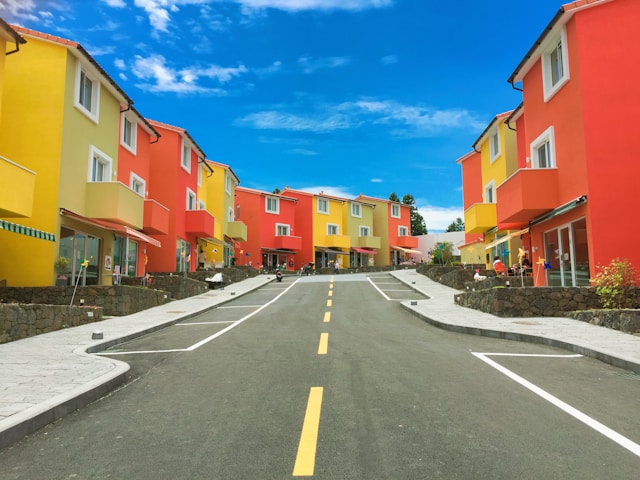
2. Use Color Blocking in Food Photography
Food photographers enhance the appetite of the viewers by capturing their favorite foods in the photos. Highlighting the colors will further increase the cravings. For example, you have the vibrant yellow of a mango or orange of an orange. Similarly, cakes and cookies offer all the colors of a rainbow. Choosing colors when it comes to food photography is not difficult at all.
Besides using colors of the foods, you can also increase the impact by using beautiful props or colorful backgrounds in color blocking photography. The food will simply look more desirable all of a sudden.
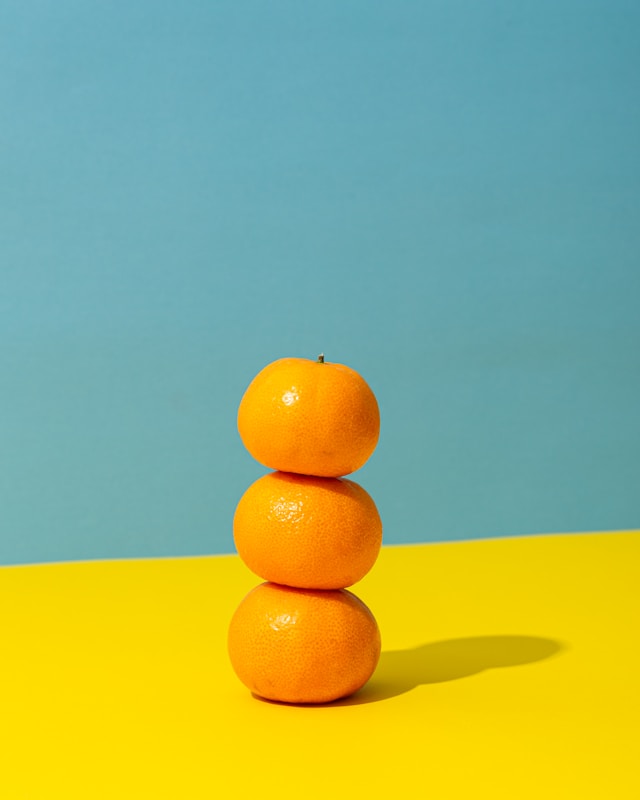
3. Use Colors to Create Marvelous Fashion Photos
There is no lack of color in fashion photography. You can make colorful fashion clothes even more prominent or flat. Use a background that contrasts with the clothes. For example, colorful backdrops will result in fabulous photos if you are taking photos in a studio. Similarly, natural colors and buildings become a great background if you are on a site
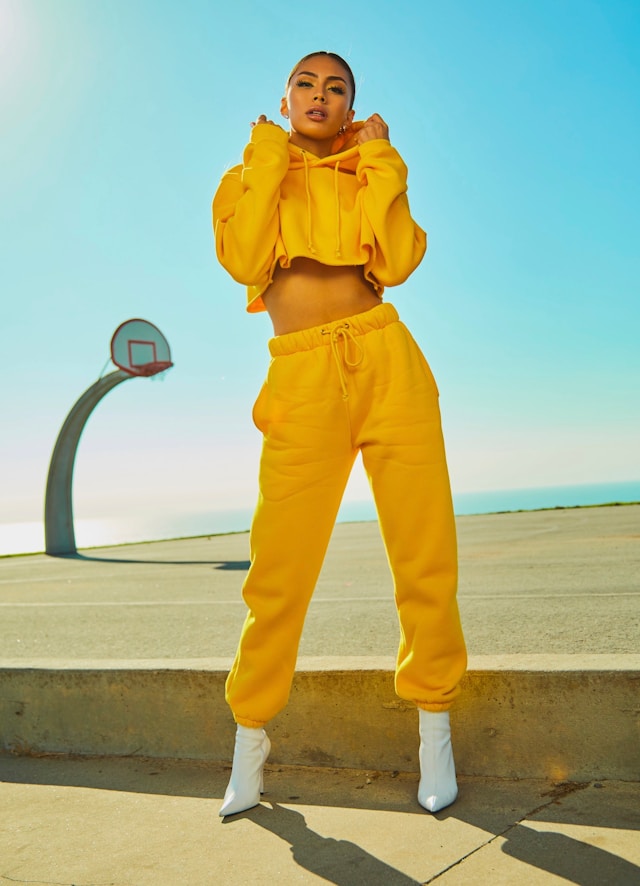
4. Create Spectacular Portraits Using Color Blocking Photography
The color blocking technique can add some extra pomp and show to your portraits. Think about every color you can such as eye color, hair color, complexion, etc. Find colors that complement them in the color wheel.
You can even use clothes, colorful props, and backdrops that clash with the main color. Once again, colorful buildings and other items can be used if you are shooting outdoors. In the case of nice weather, the sky can also become a bold and beautiful backdrop.
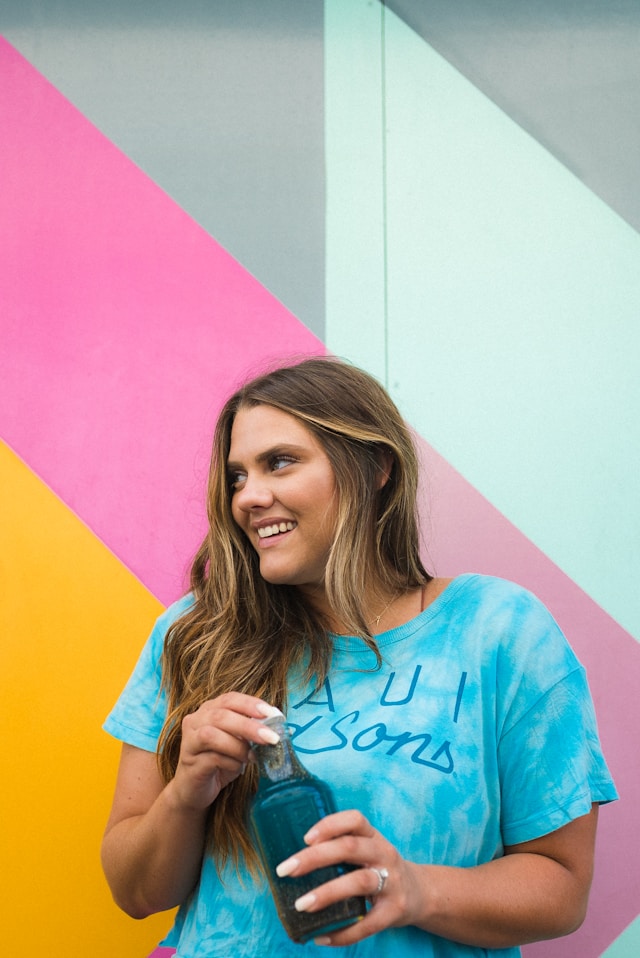
5. Complement Flat Lay Photography with Color
You can exercise great creative control in flat lay photography. Therefore, it is also a great option for color blocking photography. Your images will pop if you use several clashing colors with the two main bold colors. However, using only two colors creatively will also do the job just fine.
You can create vibrant flat lay images using colored papers or props. Similarly, you can create color patterns or solid blocks of color. Either way, your photos will just look great
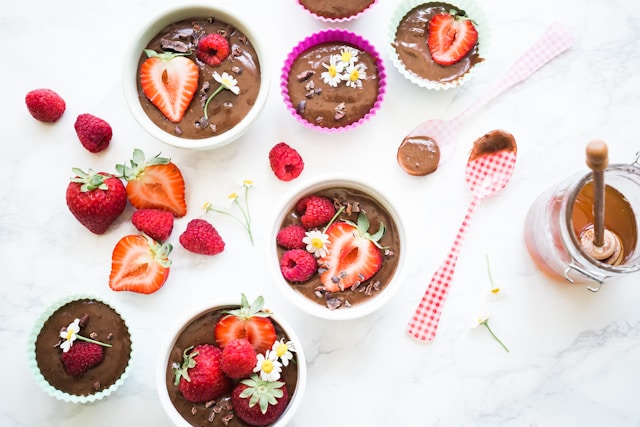
6. Bold and Bright Product Photography
One benefit of color blocking is catching the viewers’ attention. You cannot look away if the images have such loud, bold, and bright colors. Therefore, you can easily use color blocking techniques in product photography.
A colorful product particularly offers great ideas for color blocking. For example, you can use contrasting and complementary colors in the photos. Color blocking is especially becoming common in advertising and commercial photography.
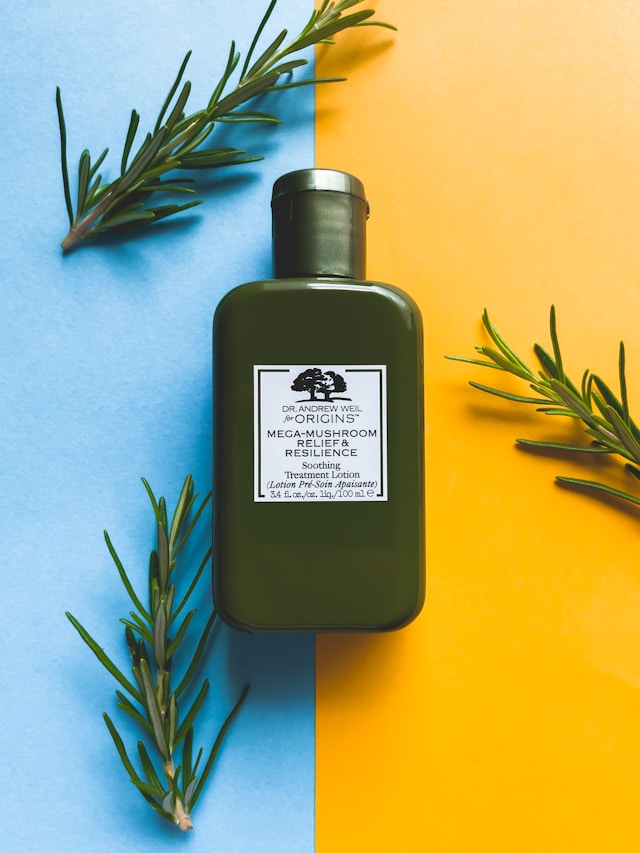
7. Color Blocking for Minimalism
Color blocking is another type of minimalistic composition. You sparsely use any detail in minimalistic photos and work mostly with negative spaces. Therefore, they can easily accommodate blocks of solid colors.
For example, you can separate two colors by a straight line. It can be a horizon or a building’s wall. Just ensure either side of the line has a color block.
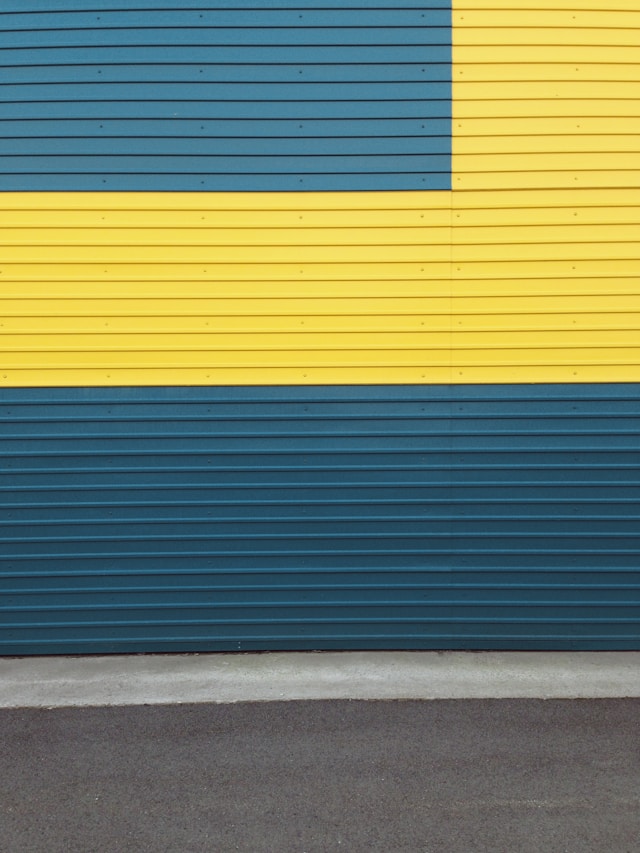
8. Diagonal Color Blocking
The technique is almost the same as the above which is using a line to separate two color blocks. However, the line is diagonal in this case. This method has also garnered immense popularity in product photography, DIY blogging, and still art photography.
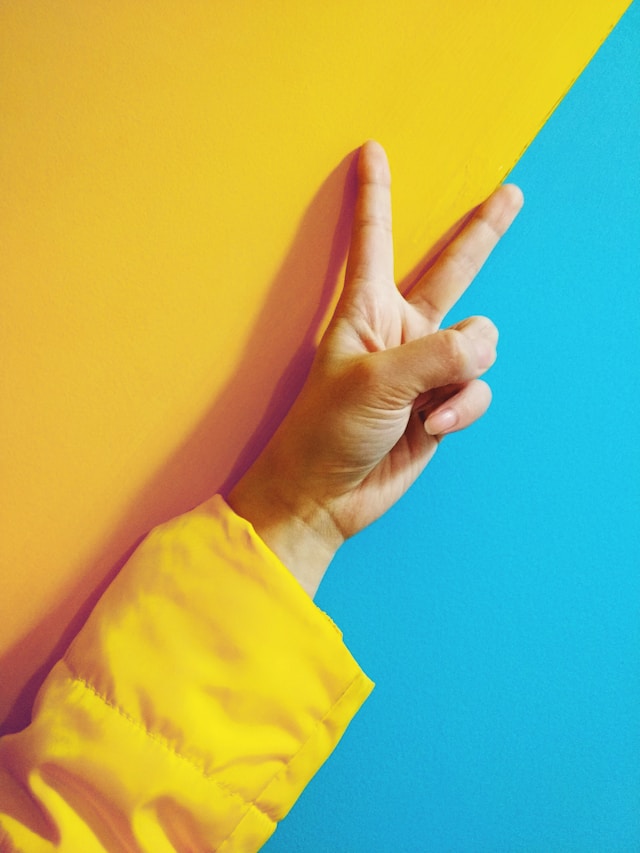
9. Colorful Walls and Colorful Floors
Continuing with separating color blocks with lines, many photographers display colorful walls and floors in their color block images. But – their color is not only different but strikingly contrasting. The overall image looks extremely bold and easily pops up.
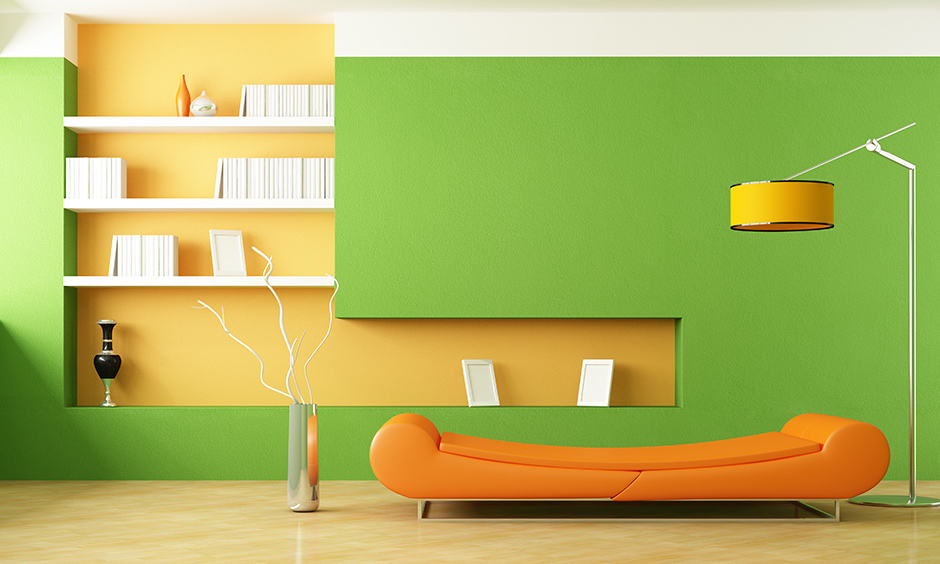
10. Use Colorful Angles
Blocks of colors arranged in various angles is another great idea to work with. Once again, use different colors to complement two or three main colors. However, your main focus should be on primary colors.
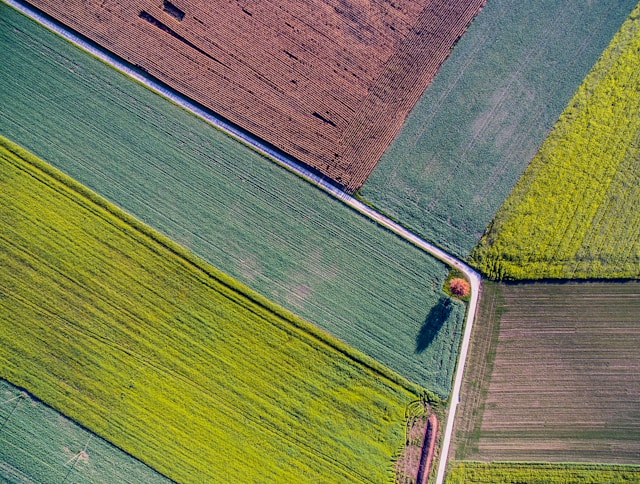
Also Read: Flash Photography Tips for Weddings
Frequently Asked Questions
What are the benefits of color blocking?
Color blocking photography helps you create highly impactful, bold, bright, and beautiful photos that are hard to ignore. You can use this technique to market a product, convey a message, highlight certain features, or simply create stunning photos for your next exhibition.
Is color blocking in style?
Color blocking is one of the most creative and bold styles used in photography, graphic design, fashion, and even home decoration. More and more photographers are using this technique to create fabulous photos. The idea involves combining vibrant colors in a trendy manner that quickly catches viewers’ attention.
When did color blocking start?
The history of color blocking dates back to 1946. Introduced by Yves St. Laurent for his Fall/Winter show, the technique has now found multiple uses in industries like fashion, photography, graphic design, home decoration, etc. However, Dutch painter Piet Mondrian is usually credited for color blocking as his paintings famously displayed bold block lines and yellow, red, and blue squares.
Final Thoughts
With this, we conclude our guide on color blocking photography. Color blocking offers unlimited ways to create your photos. You can harness its power in product to food, fashion, street, indoor, and outdoor photography. The images simply come alive courtesy of the bold and bright colors.
You just need to have a rudimentary knowledge of the color wheel. Experiment with mixing and matching colors before moving on to more complex concepts. Keep in mind that all colors should complement each other. One color should never dominate other colors. Finally, you have to be bold and brave to succeed.
